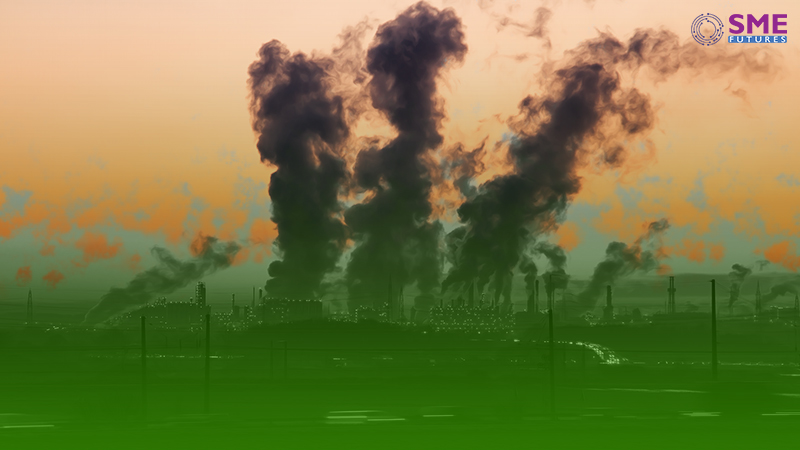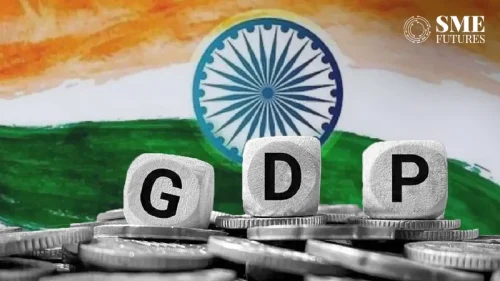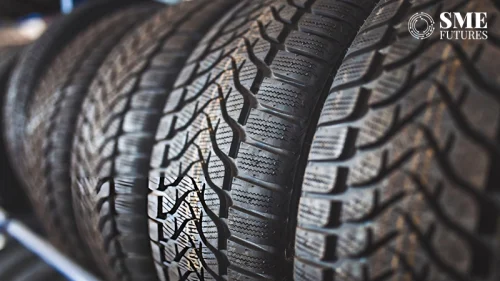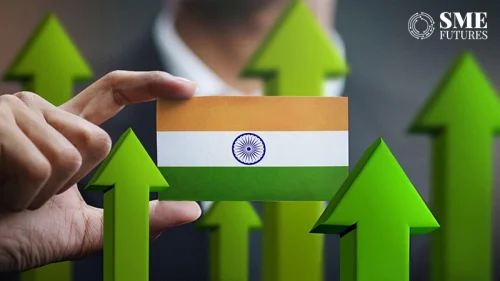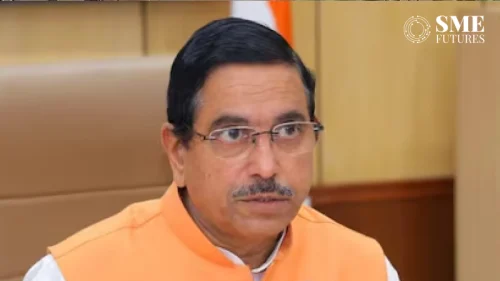The density of greenhouse gases has been in a rapid upward trend since the first industrial revolution. We all know this with some degree of certainty. In fact, it has also been scientifically established that burning of fossil energy will inevitably increase the concentration of CO2 in the atmosphere.
Given the current rate of economic activities, the concentration of CO2 is sure to reach 550PPM by 2050, a scenario with most dreadful consequences ever experienced by human civilization. The safe upper limit for atmospheric CO2 is not more than 350 PPM and that we are now already slightly above 400 PPM.
In terms of output, studies predict that global CO2 emissions will reach more than 37 Giga Tons by 2020, much higher than any other previously recorded levels if the current growth trends continue unchecked.
A large amount of CO2 emissions also means consumption of a large amount of non-renewable resources and the associated environmental pollution. According to World Bank report, 70% of global CO2 emissions come from the burning of fossil fuels and industrial processes. The report also points out that the structure of the world’s energy dependence on fossil fuels is the root cause of the rapid increase of greenhouse gas concentrations which is also the objective basis of the high-carbon economy.
Also read: Local sportswear brands hold hard against global majors, but R&D gaps hinder growth
The continuous emission of greenhouse gases resulting in constant environmental pollution together with large-scale consumption of non-renewable resources is clearly not conducive to sustainable economic development.
The rise of the low-carbon economy
Under these rather grave circumstances, the concept of low-carbon economy has gradually gained relevance among businesses of all types and sizes. It is believed that a low-carbon economy – based on the efficient use of fossil energy and fewer carbon emissions – will not only lead to more economic output but will also gradually become an international imperative.
So far, countries like Britain, Germany, Italy, Canada, Sweden, France and Japan have implemented policies on the low-carbon economy and developed their own detailed distinctive strategies for meeting their carbon targets. It is therefore inevitable that other countries, such as India should also seriously reflect on the past pattern of the high-carbon economy, and actively explore a low-carbon economy.
A new industrial revolution, characterized by low-carbon economy, involving responsible sourcing, production, distribution, usage, recovery and recycling or re-manufacturing is visibly on the rise.
The global narrative has thus shifted from abstract discussions on climate change to specific directions like the carbon policy, green financing, environmental risk management and low-carbon investment portfolios. This is the kind of direction the world is looking for, though if we were to address all the challenges at hand, it’s also clear that far more tangible and quick action is needed.
Mainstreaming low-carbon economy
Interestingly, some of the biggest breakthroughs come from small businesses in general and the SMEs in particular. Bold, quick, agile and nimble enough to re-imagine the old ways of doing things, these SMEs are critical to driving the innovation required to tackle one of the toughest challenges of our time – meeting the rising demand for energy while reducing the carbon footprint, all at the same time.
Low carbon SMEs are almost twice as likely to have export customers as their counterparts in the non-low carbon businesses. Global statistics reveal that almost two in five low carbon SMEs are already exporting to a diverse set of countries and three-quarters of them plan to enter or expand exports to new markets in the next two to five years.
In India, SMEs account for 60 per cent of all private sector jobs and about 40 per cent of low carbon business. But obviously, Indian SMEs have their share of unique challenges in terms of labour-intensive and low-technology ecosystem.
Given that smaller enterprises drive innovation, growth and job creation and the strategic importance they now enjoy, it seems inevitable that SMEs also play a pivotal role in driving the global low carbon economy.
Next-gen low-carbon enterprises
There are many reasons to believe that SMEs play a crucial role in developing resource-efficient, cost-effective and affordable technology solutions to decarbonize and make more efficient the energy system in a sustainable way.
They are expected to strongly contribute to one or a combination of many environmental challenges including secure, clean and efficient resource use, particularly with regard to reducing energy consumption and carbon footprint by smart and sustainable means and methods.
Low-cost, low-carbon energy including renewable energy, carbon capture and storage, alternative fuels and mobile energy sources, new ideas, methods and technologies for a low-carbon production and distribution and robust decision making and public engagement, are thus some of the key result areas needed to be pursued by these new-age SMEs for a successful and thriving low-carbon economy.
However, this next-generation of enterprising is not without its challenges. Chief among them are access to affordable funding, proven technologies, reliable opportunities and the right skills.
Low-carbon outlook
The World Bank estimates that over the next 15 years, the global economy will require $90 trillion in infrastructure investments across cities, energy and land-use systems, and $4 trillion in incremental investment for the low-carbon transition to keep within the internationally agreed limit of a 2-degree-Celsius temperature rise.
A new analysis of SMEs driving the low carbon economy around the world reveals a bullish breed of business which is intent on pursuing a global low carbon economy worth a whopping $4 trillion by the year 2030.
It goes without saying that SMEs are critical to, and a key indicator for, the present success and future potential of the low carbon economy, especially in the Indian context.

